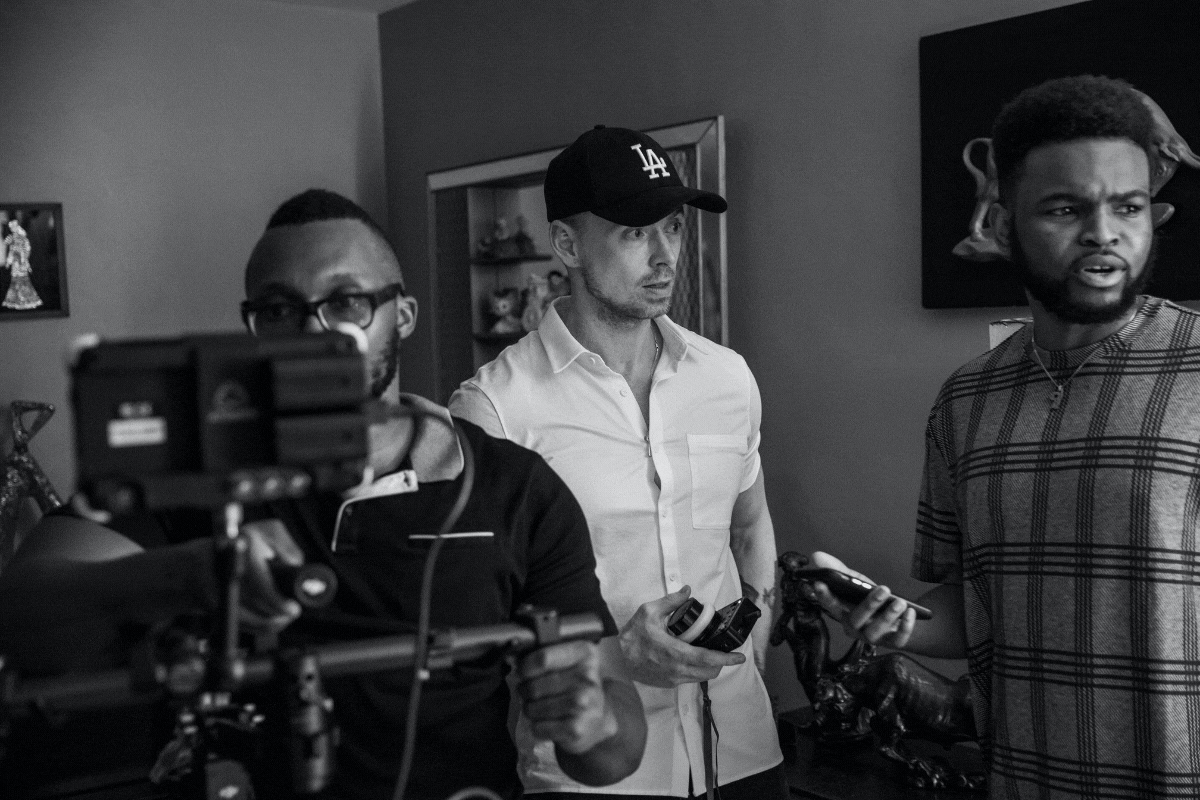The Definitive Guide to Mastering the Apocalypse Now Screenplay
Explore the iconic Apocalypse Now screenplay, written by John Milius and Francis Ford Coppola. Discover its complex characters, intense action, and powerful themes. Uncover lessons for aspiring screenwriters and consider a comprehensive online course to pursue your passion in the film industry.











